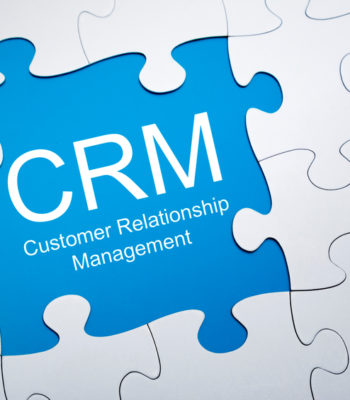
Using Strategic Fit to Identify Adjacent Market Opportunities: A Case Study
For companies that have found success in specific ventures, it may be difficult to identify “what’s next.” In these situations, an adjacent market assessment may be the ideal framework to identify growth opportunities. For example, Salesforce.com recently made headlines for preparing a major adjacent market push into health care.
Fresh off a partnership with Philips and a $100 million-donation to the UCSF Benioff Children’s Hospital, it may come as no surprise that the healthcare industry was next for Salesforce. Salesforce and Philips jointly announced they would create an, “Open cloud-based, health care platform,”[1] that would allow healthcare providers, insurance companies, and other medical companies to be linked. Additionally, Salesforce hopes to develop tools to help healthcare providers care for patients beyond the doctor’s office and pull data to help determine how to better serve patients. Despite increasing investments and hiring key health personnel, success in this market is not guaranteed.
Using Blue Canyon’s Strategic Fit Framework to identify adjacent markets and a company’s potential for success in those markets, we will in this post evaluate Salesforce’s healthcare adjacent market.
The Importance of Strategic Fit
The market size or profitability of a potential adjacent market means little if a business is not well-positioned to win in that market. Blue Canyon defines strategic fit by two elements:
- Value Creation Potential: The potential for the business to create value by bringing its existing capabilities and competencies to the adjacent market or by combining its existing capabilities and competencies with those developed or acquired by entering the adjacent market.
- Market Accessibility: How accessible the market is based on the investment needed to effectively enter the adjacent market, competitive intensity, and the key characteristics of the market. The more favorable the investment, competitor, and market dynamics, the greater the potential for success.
[Tweet “Market size or profitability of adjacent markets means little if a business is not well-positioned”]
Evaluating Strategic Fit
There are three ways a supplier can create value for customers in B2B relationships:
- Enable a customer to grow its revenue
- Help the customer gain share
- Provide the customer with a cost advantage.
If a company’s core competencies can bring significant value to the adjacent market in these ways, value creation potential is strong.
Market accessibility is measured by how favorable or unfavorable the conditions are for a new entrant into an adjacent market. Accessibility is evaluated on both internal and external factors. Internal factors include the level of investment required, organizational change and new channel development. External factors include the market’s competitive environment, the strength of existing players, competitor stability, and threat of new entrants.
Is the Healthcare Market a Strong Strategic Fit for Salesforce.com?
Salesforce’s core products include cloud computing technology and customer relationship management (CRM) software. Its application seem endless, covering analytics, marketing, sales, and service. The company works with each client to correctly fit the technological solutions to each business. Its current business model would provide clear value creation potential to the healthcare market. Cloud computing and other measures save companies’ time and money, and therefore provide a cost advantage. Similarly, Salesforce’s Customer Success Platform, including the CRM software, is designed for building and managing customer relationships to help increase profits. If they can successfully apply its current business to this new market, Salesforce would be able to provide a cost advantage that enables revenue growth and thus provides significant value to customers.
However, the healthcare market’s accessibility is trickier. While it is estimated that hospitals, doctors’ offices, and related health industries will spend $31.3 billion on technology by 2017[2], healthcare software can be a challenging industry to enter. Rival software providers have experienced mixed results breaking into healthcare technology. However, competitors are not giving up and are continuing to develop more competitive products to capture a portion of this large market. For example, Box, a cloud storage company, may be exploring similar opportunities as Salesforce in health care.
In terms of internal factors, Salesforce has already addressed organizational changes and is beginning to increase investment through the hiring of key healthcare personnel. Customer relationships need to be built, but Salesforce already has a head start. The Department of Health and Human Services and Blue Shield of California are already key healthcare customers.
Salesforce.com’s sales push has already begun, with more details about their new initiative to come. The value creation potential for Salesforce in the healthcare industry is strong, despite facing a challenging market. By providing significant value to its customers, we believe that health care is a good strategic fit as an adjacent market for Salesforce. The Health Information Technology for Economic and Clinical Health, a federal legislation that sets aside billions of dollars to encourage the adoption of electronic health systems, will only aid the company’s efforts.
To learn more about how to identify adjacent markets and determine strategic fit, download Discovering Your Next Growth Opportunity: Adjacent Markets and Adjacent Markets: Choose Your Battles Wisely.
[1] Lohr, S. (2014, June 26). Gneral format. Retrieved from http://bits.blogs.nytimes.com/2014/06/26/salesforce-takes-its-cloud-model-to-health-care/
[2] Bort, J. (2014, October 27). General format. Retrieved from http://www.businessinsider.com/salesforce-next-1-billion-health-care-2014-10



